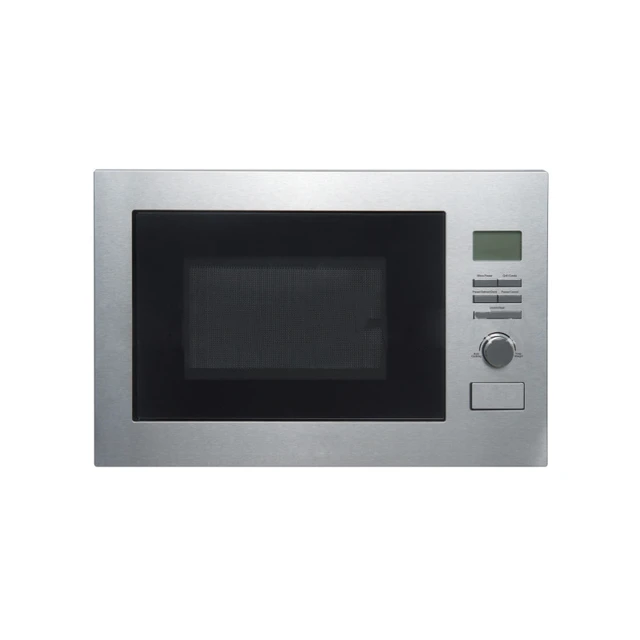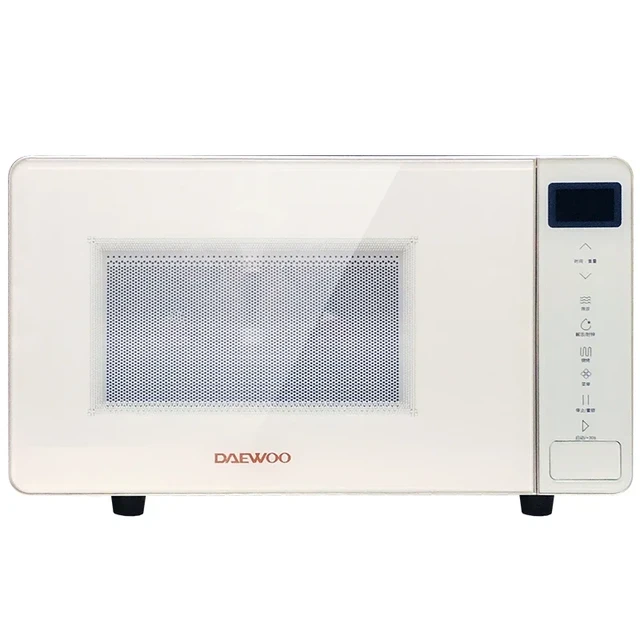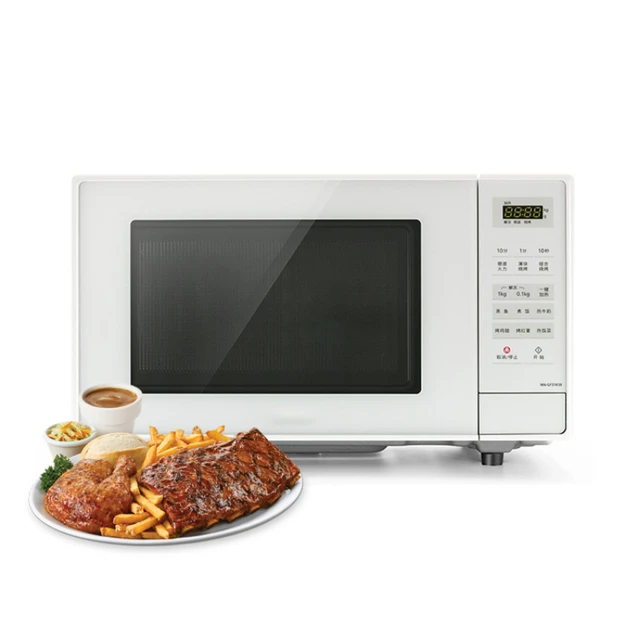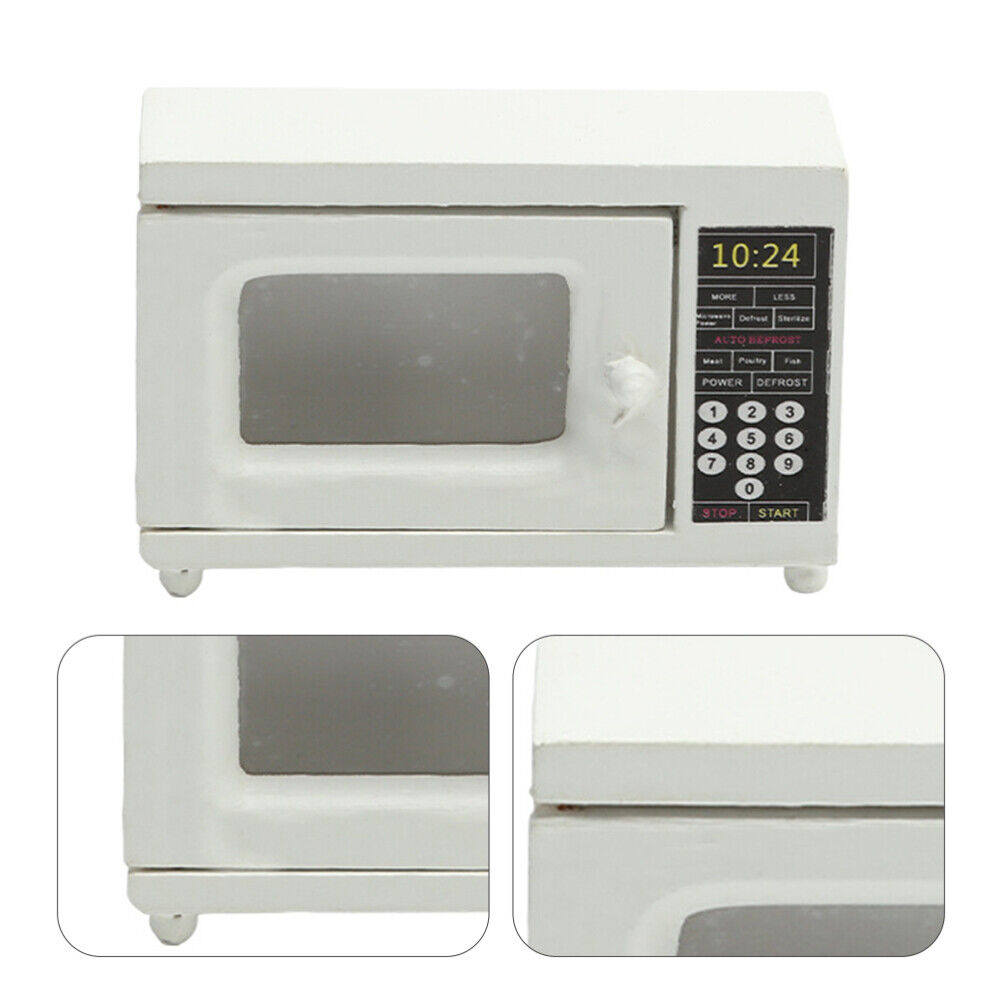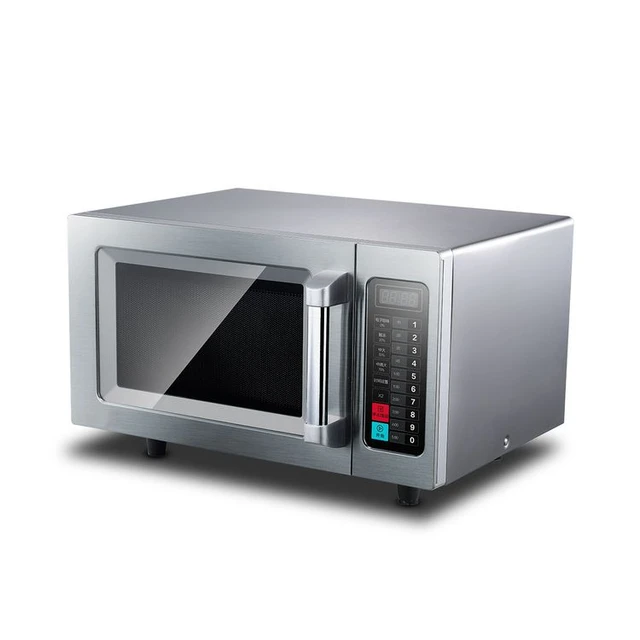
When looking for kitchen appliances, small microwaves tend to be a popular choice for many households. Whether you’re in a compact apartment, a dorm room, or just want to save counter space, small microwaves are designed to fit seamlessly into limited areas. Their dimensions, while variable among different brands and models, typically range in certain standard specifications. This article delves into small microwave dimensions, helping consumers make informed decisions on the perfect fit for their culinary needs.
Why Choose a Small Microwave?
Small microwaves are often ideal for those who don’t require the spaciousness of a full-sized unit. Here are several reasons why individuals might opt for a smaller version:
Space Efficiency
One of the most significant advantages of small microwaves is their ability to fit into tight spaces. This is especially important for urban dwellers or students living in dorms, where every inch matters.
Cost-Effectiveness
Generally, small microwaves are less expensive than their larger counterparts. For people who primarily use a microwave for basic reheating or cooking tasks, investing in a full-sized model may not be necessary.
Energy Efficiency
Smaller microwaves consume less energy than larger ones, making them eco-friendly options. This can lead to reduced utility bills and a smaller carbon footprint over time.
Portability
Lightweight and compact, small microwaves can be easily moved if needed. This means users can switch up their kitchen layout or take it with them when moving house, making them versatile.
Common Dimensions of Small Microwaves
When selecting a small microwave, understanding its dimensions is pivotal. Here is a breakdown of common dimensions:
Height
The height of small microwaves typically ranges from 10 to 15 inches. This allows them to fit neatly on most countertops or shelves. A shorter height can be advantageous for cabinets that are low, ensuring the microwave can still be opened without obstruction.
Width
The width can vary more significantly, typically between 15 to 24 inches. A narrower microwave occupies less space, which may be a critical consideration for some kitchens. However, users should ensure that the microwave is still wide enough to accommodate standard-sized dinner plates easily.
Depth
The depth of small microwaves usually falls between 12 to 20 inches. A shallower depth can create extra counter space while still providing enough interior room to cook or reheat food.
Considerations for Small Microwave Dimensions
While it’s essential to know the dimensions, several considerations can influence your choice:
Interior Volume
While small microwaves have smaller exterior dimensions, their interior volume can range widely. This is measured in cubic feet and typically ranges from 0.7 to 1.5 cubic feet. If you’re planning on using large dishes or cooking certain types of food, it’s critical to check the microwave’s internal capacity in addition to its external dimensions.
Turntable Size
Most microwaves come with a turntable that rotates food for more even cooking. The diameter of this turntable can also affect how much food you can comfortably place inside the microwave. A turntable that’s around 12 to 14 inches in diameter is common in small microwaves.
Brands and Their Dimensions
Various brands offer small microwaves, and each has its unique take on dimensions and design. Here are a few notable ones:
Panasonic
Panasonic is well-known for its inverter technology, which allows for more precise power control. Their small microwaves range from 0.8 to 1.2 cubic feet in internal volume, with dimensions around 12 to 15 inches in height, 18 to 22 inches in width, and 14 to 18 inches in depth.
Black+Decker
Black+Decker models tend to be budget-friendly and are known for compact designs. Typical dimensions for their small microwaves include 10.5 inches in height, 20 inches in width, and 15 inches in depth, which allows for a decent interior while maintaining a small footprint.
Breville
Breville offers high-end small microwaves with advanced features. Their units usually measure about 12 inches in height, 20 inches in width, and 15 inches in depth, allowing for gourmet cooking in a compact space.
Daewoo
Daewoo’s small microwaves are often recognized for their sleek and modern design. Their dimensions often come in at around 10.5 inches in height, 18 to 22 inches in width, and 12-14 inches in depth, great for minimalistic kitchens.
How to Measure for a Small Microwave
Before you purchase a small microwave, it’s important to measure the space where you intend to put it. Here’s how to do it accurately:
Measure Counter Space
Use a tape measure to note the height, width, and depth of the available counter area. Take note of any items that could obstruct the microwave, such as a backsplash or upper cabinets.
Consider Airflow
Most manufacturers recommend leaving a few inches of space on all sides of the microwave for proper ventilation. This ensures the microwave functions safely and effectively.
Height of Internal Space
Consider the clearance needed for opening the microwave door. If it swings upward, ensure it has enough overhead space to open completely. If the door swings to the side, make sure it won’t collide with items on your counter.
Installation Considerations
Countertop Placement
Positioning a small microwave on a countertop is typically straightforward. However, ensure that the surface can support its weight.
Overhead Cabinets
If you plan to place the microwave beneath overhead cabinets, ensure the height of the microwave allows for easy access without straining to reach.
Features to Look for with Smaller Dimensions
While compact dimensions may seem like a compromise, modern small microwaves often come packed with features:
Pre-Programmed Settings
Many small microwaves now offer one-touch settings for popular foods, such as popcorn, pizza, and baked potatoes. This adds convenience and eliminates the guesswork.
Sensor Cooking
Advanced small microwaves come with sensor cooking technology that automatically adjusts cooking time based on the humidity in the food. This feature can be incredibly helpful for ensuring perfectly cooked meals.
Easy-Clean Interiors
Microwaves with non-stick interiors make cleanup a breeze. Look for models that feature easy-wipe surfaces for reducing cleaning time.
Stylish Designs
Small microwaves now come in a variety of colors and finishes, allowing homeowners to select one that matches their kitchen aesthetic.
Common Kitchen Styles and Its Influence on Microwave Choice
Understanding different kitchen styles can help you choose a microwave that not only fits dimensionally but also stylistically.
Traditional Kitchen
In a traditional kitchen, you’ll find wooden cabinetry, elaborate moldings, and often a color palette grounded in earth tones. A small microwave in this style often comes in designs that mimic the look of a classic oven. Incorporating finishes like brushed bronze or antique white can make a small microwave blend seamlessly with the traditional aesthetic.
Installation Options
- Built-In Microwaves: Installing a built-in microwave can provide a streamlined look without sacrificing countertop space. Choosing a model that matches the cabinetry can make the microwave appear as part of the architecture of the kitchen.
- Countertop Options: If opting for a countertop model, consider placing it on a decorative stand or within a designated corner to enhance the traditional look.
 Modern Kitchen
Modern Kitchen
A modern kitchen is characterized by clean lines, minimalist design, and often, an emphasis on functionality. Small microwaves in this setting should not only fit well but also add to the overall design.
Style and Material Choices
- Stainless Steel: A stainless steel microwave can serve both practical and aesthetic purposes, reflecting the sleek, modern elements of the kitchen.
- Color Coordination: The colors in a modern kitchen are typically monochromatic. Choosing a small microwave that fits within this color scheme can enhance the design.
Farmhouse Kitchen
The farmhouse kitchen combines rustic charm with modern comforts, making it a popular choice for many homeowners. A small microwave can fit perfectly into this aesthetic, but it’s crucial to focus on the texture and material.
Rustic Elements
- Wood Finish: Microwaves that boast wood accents or panels can add a touch of rustic charm.
- Open Shelving: Consider placing the microwave on open shelving, alongside other rustic kitchenware, to create an inviting and functional space.
Industrial Kitchen
Industrial kitchens utilize raw materials, open spaces, and exposed elements. In this design, a small microwave can either stand out as a bold statement or blend seamlessly into the environment.
Style Characteristics
- Metal Accents: Opt for a small microwave that features a matte black or brushed aluminum finish to resonate with the industrial vibe.
- Open Design: An open shelving unit can accommodate the microwave while displaying assorted utensils and crockery, enhancing the industrial aesthetic.
Functional Considerations
Choosing the dimensions of your microwave requires careful consideration of functional needs. It’s essential to think about how often you use the microwave and the types of meals you prepare.
Conclusion
In summary, small microwave dimensions are a crucial consideration for anyone selecting a microwave unit, especially in compact living situations. With a typical height ranging from 10 to 15 inches, a width between 15 to 24 inches, and a depth of 12 to 20 inches, these devices can marry functionality with limited space. Choosing the right small microwave involves considering not only its external dimensions but also its interior capacity, features, and design. With thoughtful planning and measuring, even the smallest kitchens can house efficient cooking appliances that make meal prep a joy rather than a chore. Whether you’re reheating leftovers or preparing a quick meal, a small microwave can be a valuable asset in maintaining kitchen efficiency.
